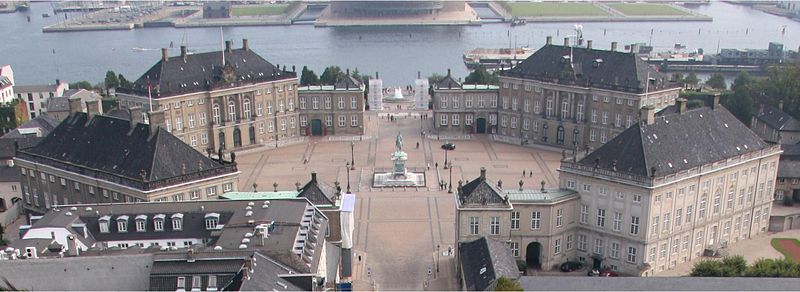
Following the coronavirus lockdowns across Europe, some nations are starting to reopen slowly. Denmark has begun the first steps of relaxing restrictions, and as that continues, it’s been announced that some of the royal museums in the capital, Copenhagen, are set to reopen soon.
All the parties of the Danish parliament met on Wednesday evening and agreed to reopen some facilities number of key cultural areas including zoos, cinemas, theatres and museums. So on Tuesday, May 26 both the Royal Museum of Amalienborg and Rosenborg Castle will open to visitors.

Amalienborg is the home of the Danish Royal Family. It consists of four identical classical palace façades with rococo interiors around an octagonal courtyard. In the centre of the square is a monumental equestrian statue of Amalienborg’s founder, King Frederick V. Amalienborg was originally built for four noble families; however, when Christiansborg Palace burned on 26 February 1794, the Royal Family bought the palaces and moved in. Over the years various monarchs and their families have resided in the four different palaces.
Rosenborg Castle is a renaissance castle originally built as a country summerhouse in 1606 and is an example of Christian IV’s many architectural projects. It was built in Dutch Renaissance style, typical of Danish buildings during this period.

The Danish Kronborg Castle, located in the city of Helsingør, will also reopen on Tuesday next week. The castle was built over a fortress originally constructed by King Erik in 1420 and throughout history has served more as a fortress than a royal residence. The castle as it stands today was built under King Frederick II between 1574 and 1585.
Christiansborg Palace, which is the largest of the royal museums in Copenhagen, and which includes the Royal Reception Rooms, the Royal Stables, the Royal Kitchen, the Palace Chapel and the Ruins beneath the palace remains closed. Along with the other royal museums, it closed on 12 March and a date hasn’t yet been set for it to reopen.
The ongoing corona-virus pandemic was first confirmed to have spread to Denmark on 27 February 2020. As of 19 May 2020, there have been 11,044 confirmed cases and 551 deaths.

